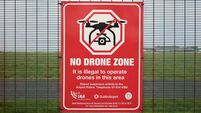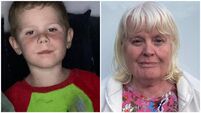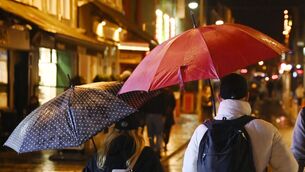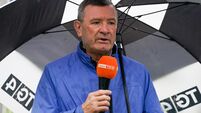Forgotten heroes who conquered the Pole
MANY of us know about Ernest Shackleton and Tom Crean’s Antarctic expeditions. Perhaps what is not as well known is that they are part of an incredible strain of Irish explorers who have trekked to the South Pole region.
“When you look at the history of Antarctic exploration, which covers about 100 years, the most amazing thing is that wherever you look, in every episode, there’s an Irishman involved, which for a small country is quite remarkable,” says Michael Smith, author of Great Endeavour: Ireland’s Great Antarctic Explorers.












